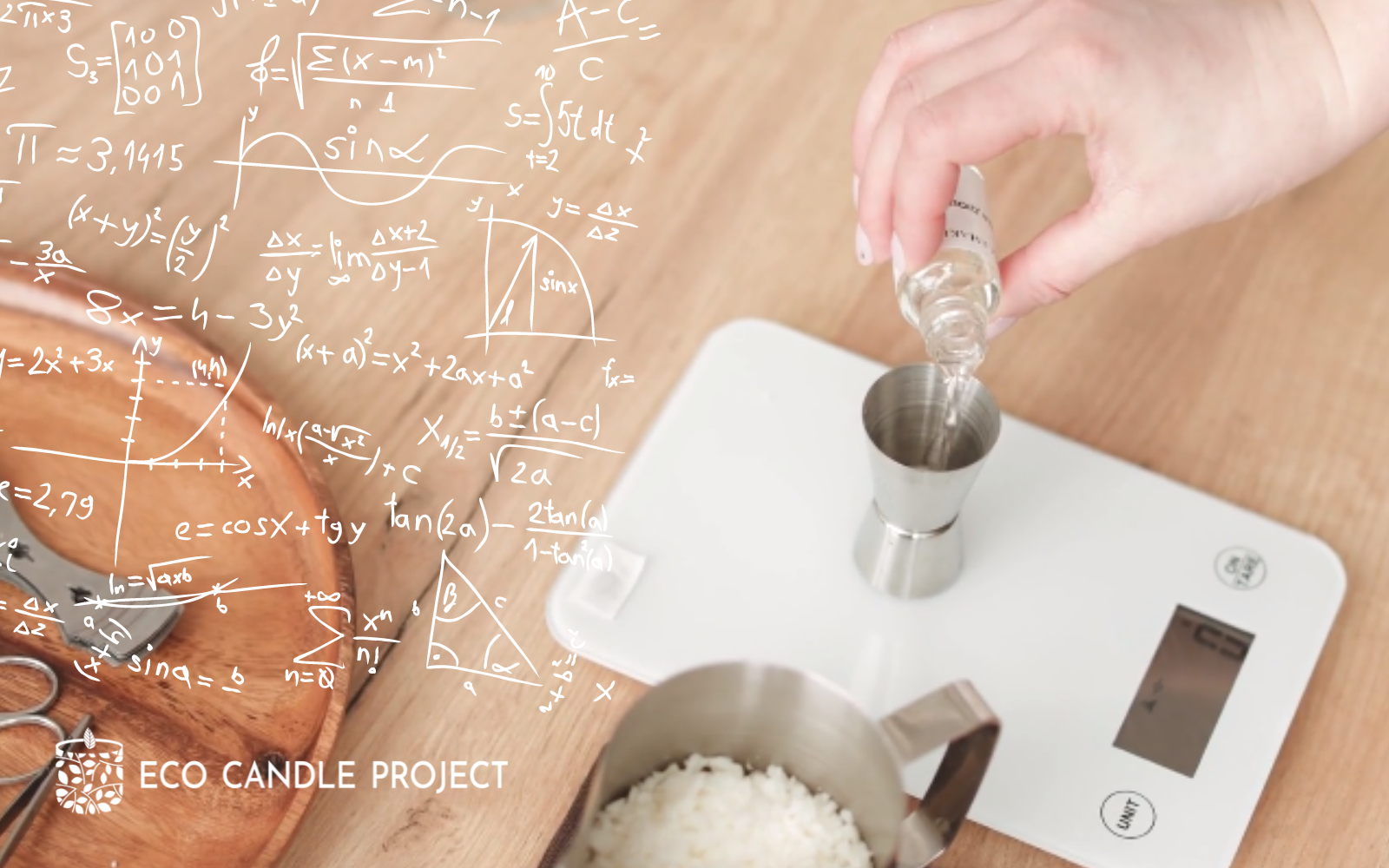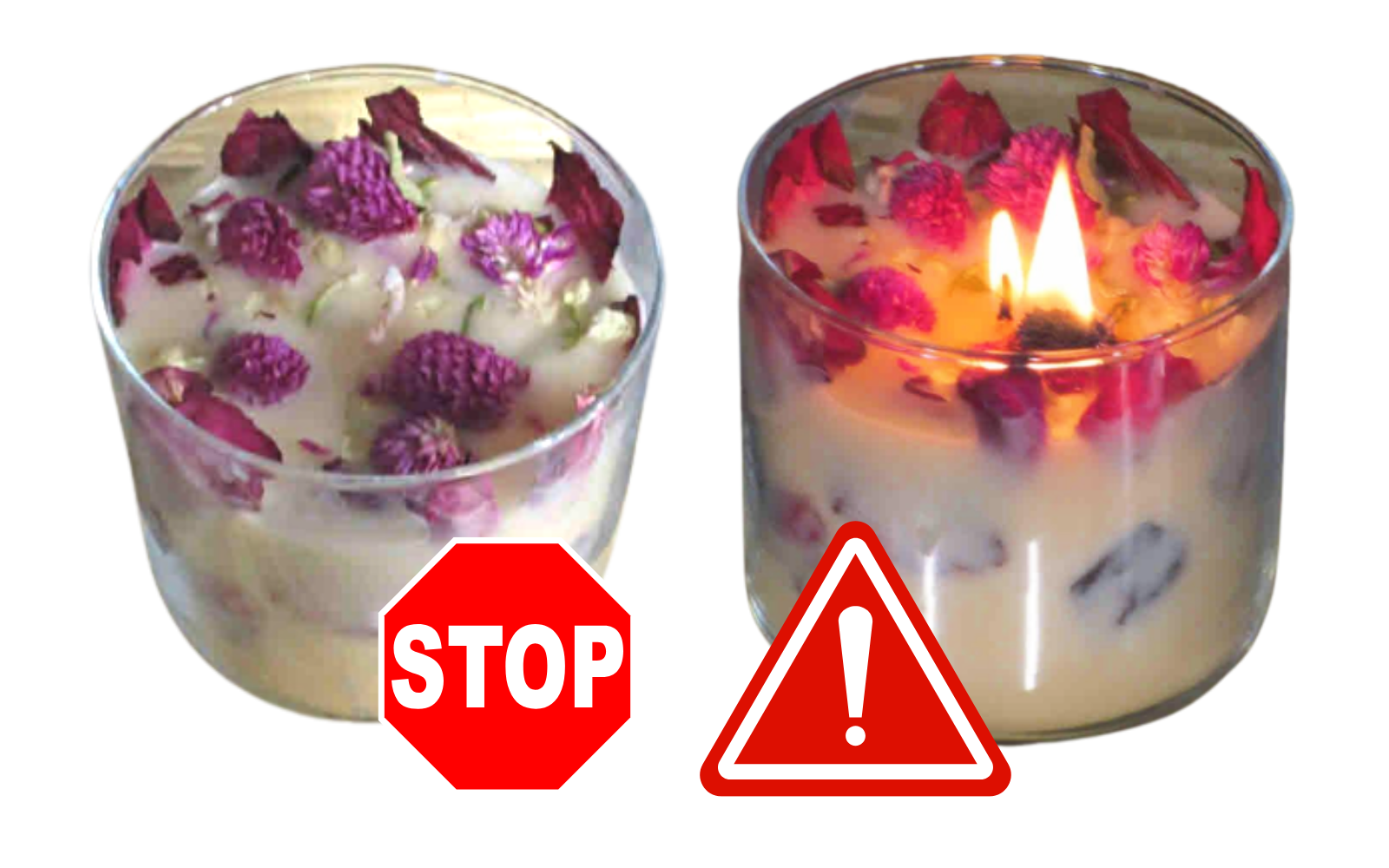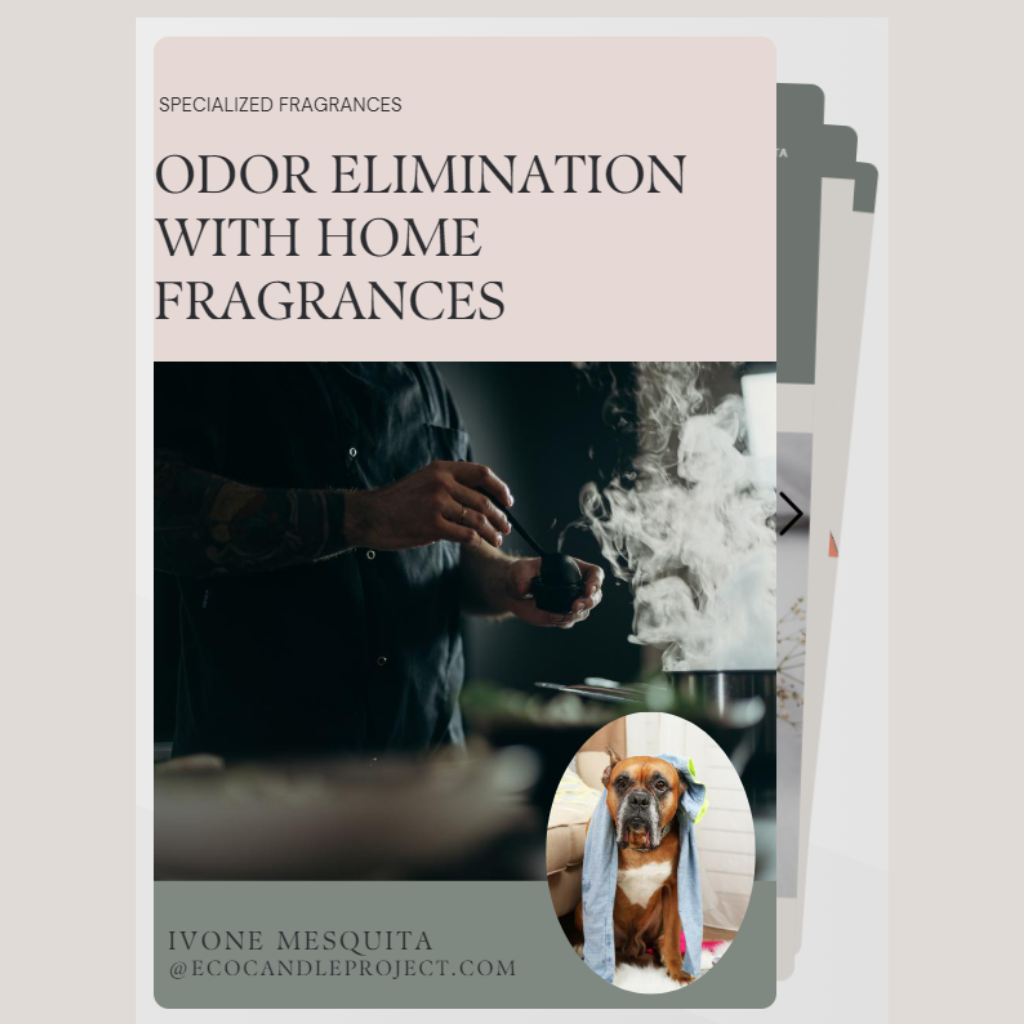OUR AVERAGE CURRENT EXPEDITION TIME TAKES 2-3 DAYS
-
FOR THE EXPLORERS
▾
- MESSAGE IN A CANDLE
- LET'S LIGHT TOGETHER
- LOVERS COLLECTION
- LET'S MELT TOGETHER
- 1993 THE COLLECTIONS
- LUXURY CANDLES
- LUXURY REED DIFFUSERS
- LUXURY WAXMELTS
- GLASS MELT BURNERS
- CRYSTAL OBSESSION
- TINY COLLECTIONS
- LIMITED EDITIONS
- SMOKE GREY SET BURNER AND WAXMELTS
- HOME COLLECTIONS
- HOME COLLECTION Nº1
- HOME COLLECTION Nº2
- HOME COLLECTION Nº 3
-
FOR THE MAKERS
▾
- FOR CANDLES
- CONTAINER WAXES
- ALL WAXES
- WAX ADDITIVES
- CANDLE CONTAINERS
- OTHER CONTAINERS
- WICKS
- CRYSTAL OBSESSION
- WAXES DYES BEKRO COLORS
- CANDLE PACKAGING
- ACCESSORIES FOR CANDLE MAKING
- SAFETY LABELS & DUST COVERS
- CANDLE KITS
- TECHNICAL E-BOOKS
- FOR REED DIFFUSERS & ROOM MISTS
- BASE FOR ROOM SPRAYS
- BASE AUGEO & PERFUMER'S ALCHOOL
- DIFFUSER BOTTLES
- FIBER REEDS,RATTAN & SOLA FLOWERS
- GLASS BOTTLES FOR SPRAY & PERFUME
- BOTTLES FOR SOAPS & ROOM MISTS
- CAPS AND PUMPS
- DIFFUSER PACKAGING
- SAFETY LABELS
- FRAGRANCES ▾
- Cart Cart
HOW TO CALCULATE THE AMOUNT OF FRAGRANCE FOR A CANDLE 🧴
June 02, 2022

It seems very simple. Let's check this example:
- Our container has capacity for 220g of scented wax;
- From the information available from the manufacturer/distributor of the chosen wax we know that the wax can contain up to 10% fragrance;
- Now 10% of 220 g wax will be 22 g fragrance. Result we need 200 g wax+ 22 g fragrance and we have the total of 220 g of scented wax. Easy...
Is it that simple? Is it correct?
No, this calculation is not correct. Let’s see why:
Yes, 22 g is 10% of 220 g, but it is not 10% of the wax weight, which is what you need.
It's 10% of the final wax combo + fragrance
220 g of combo wax + fragrance, minus 22 g fragrance, gives a total wax of 198 g.
But if the wax has the weight of 198 g then 10% fragrance of this wax will be 19.8 g and not 22 g. It has 2.2 g more fragrance.
It means that the initial calculation has 11.1% fragrance load which exceeds the 10% recommended by the manufacturer of this wax.
If you continue to work this way, you will overload the wax with fragrance.
What are the problems if the wax is overloaded with fragrance?
- The wick tends to fight and will only get a small flame, or sometimes the flame will die completely. He's going to drown;
- A wick in difficulty can result in a tunnel burn or the inability of the candle to burn in order to obtain a pool on the surface, resulting in both situations in incomplete burns;
- As a consequence, the candle will have a very inefficient fragrance dispersion performance (little smell, because the smell comes from the release of the oil in the pool), since there is not enough heat to allow the fragrance to free itself from the wax.
We recommend that candle manufacturers use a 6-8% fragrance percentage for their candles at the beginning of testing, unless it is a really light oil. That will help prevent the wick from becoming clogged and avoid performance issues such as those listed above.
FRAGRANCE LOAD VS FRAGRANCE CONTENT
Therefore, it is important to know the concepts "Fragrance/Scent Load" and "Fragrance/Scent Content", and what it really means each of these concepts:
- The "Fragrance/Scent Content" method is the fragrance calculation method in the blend and is based on a percentage of oil on the weight of the wax+ fragrance combo;
- The "Fragrance/Scent Load" method is the fragrance calculation method in the mixture and is based on a percentage of oil on the weight of the wax;
For a correct calculation, take into mind the two methods:
Fragrance Load = You must consider this value as you know the maximum value you can use with your wax
Fragrance Content = You must consider this value to comply with the CLP
10% Fragrance Load on a 220g candle = 9.09% Fragrance Content (which means I can use the manufacturer's 10% CLP reference values)
ANOTHER IMPORTANT FACTOR TO BE KNOWN
The fragrance ratio may also affect the percentage used in the CLP (classification, labelling and packaging or in the original Classification, Labelling and Packaging). It is an EU legal requirement that must be met with regard to dangerous goods.
Before June 2015, candle manufacturers only had to consider the % fragrance ratio when crafting their products. However, since CLP regulations came into force in June 2015, there hasbeen some confusion, which has led candle makers to generally talk about "the percentage of fragrance" in their products.
It is important to understand that the % of the fragrance in the candle + fragrance combo and the % given in the Safety Data Sheets (SDSs) (and therefore the percentage of fragrance used to create the CLP models) are not calculated in the same way.
Andin terms of PLC the percentage of fragrance is based on the load/amount of fragrance in the total weight of the product. Thus, when 10% is given as the calculated amount for the SDS/CLP this means that 10% of the total weight of the product comes from the fragrance and the other 90% comes from "other substances" such as wax, wick, dyes...
Example:
When a candle maker uses (e.g. 20g fragrance for 200g wax, this gives a real fragrance percentage content of 10% in the fragrance combo + wax
But:
The total percentage of fragrance, considered for CLP purposes, is actually 20g at 220g (because 220g is the total weight of the product ((i.e. 20g + 200g)) which gives a CLP percentage of 9.09%.
For most candle manufacturers, who buyf ragrance from a supplier that also supplies the CLP model, it is advisable to double-check the % of fragrância and the amount of fragrance they use for CLP purposes, to ensure that it is fully compliant (i.e. they have not accidentally used more fragrance in their products than the CLP model allows).
As a rule, always make the comparison of the weight of the fragrance calculated for our combo candle + fragrance and the amount stipulated in the PLC provided by the distributor/supplier of fragrances. Our value may not be higher than that stipulated by the manufacturer.
If you create your own mixtures and/or have SDS/CLP information created (because you use an oil for which the supplier has not supplied the CLP model) then it is vital that any percentages you provide to your CLP consultant are based on the actual amount of fragrance on the total weight of the product and NOT on the calculation of the fragrance percentage on the base/wax.
We have prepared a table with different loads for different containers that will help your calculations . Check here ( for 9cl , 20 cl,30cl and 50 cl )
Now that you are more familiar with the correct amout of oil fragrance to use, go and explore our fragrances and our waxes. 🧴
Leave a comment
Comments will be approved before showing up.
Also in Our Blog

NEVER USE BOTANICALS IN YOUR CANDLE
March 20, 2023

LEGISLAÇÃO E REGULAMENTO GERAL DE SEGURANÇA DO PRODUTO PARA VELAS E FRAGRÂNCIAS PARA O LAR (PORTUGAL)
February 17, 2023
LEGAL INFO & CONTACT
© 2025 Eco Candle Project .



